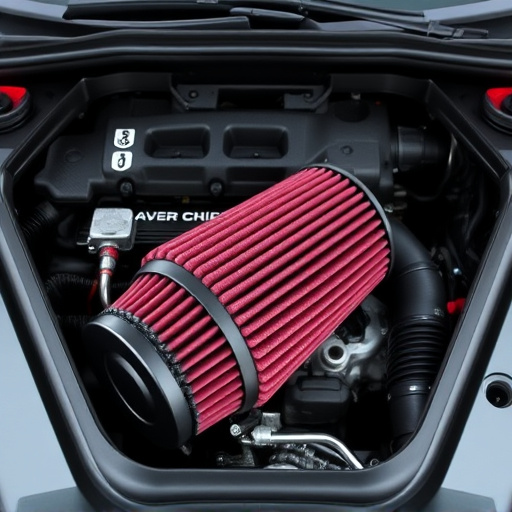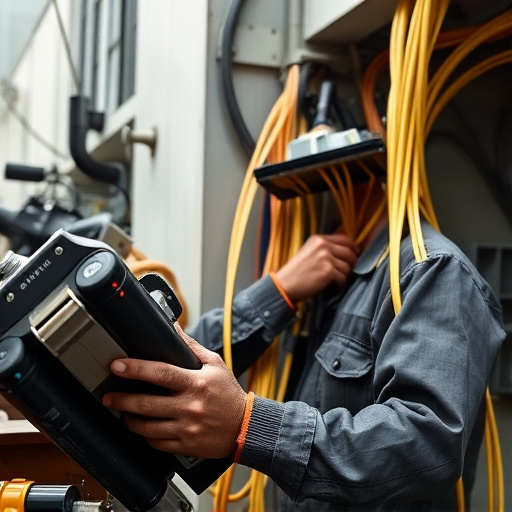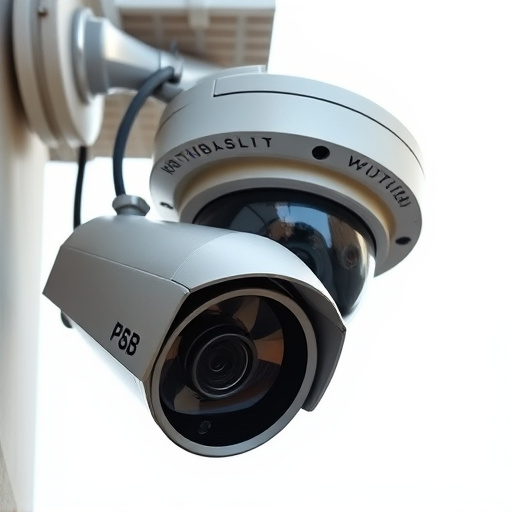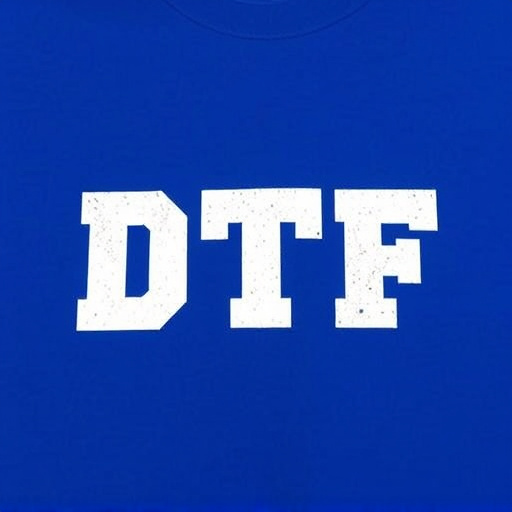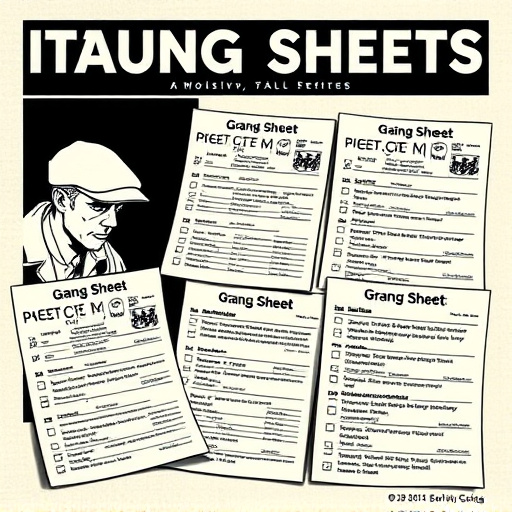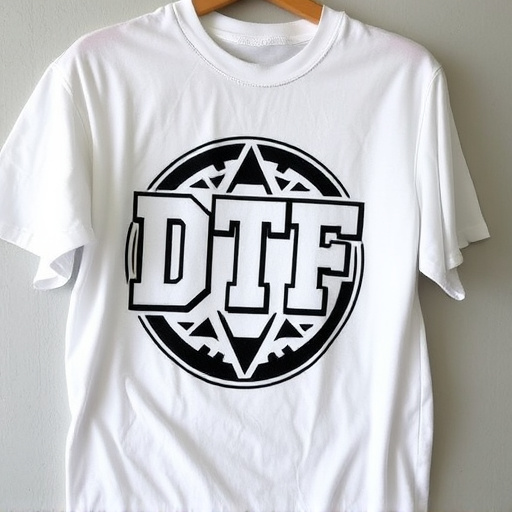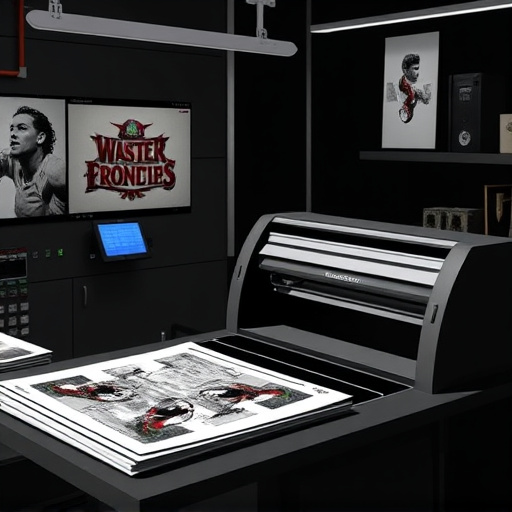DTF (Direct-to-Garment) printing equipment is revolutionizing modern textile printing, offering significant advantages over traditional methods. This technology utilizes specialized inkjet printers with high-resolution print heads and precise heating systems to directly apply intricate, vibrant designs to fabrics. Upgrading to DTF equipment provides businesses in custom apparel and promotional products with improved color accuracy, enhanced fabric adhesion, faster production times, batch processing capabilities, and user-friendly software interfaces. Key features include handling complex fabrics, automated functions, and efficient high-volume order management, making DTF printing a game-changer for demanding applications like custom t-shirt printing and personalized transfers.
Elevate your print quality with the latest advancements in DTF Printing Equipment. In today’s competitive market, understanding the pivotal role of this technology in enhancing production efficiency and output is crucial. This article delves into the intricacies of DTF Printing Equipment, highlighting its significance in modern printing processes.
From improved precision to faster turnaround times, upgrading your systems offers a multitude of benefits. We’ll explore key features and considerations for optimal performance, helping you make informed decisions to revolutionize your print results.
- Understanding DTF Printing Equipment and its Role in Enhancing Quality
- Benefits of Upgrading to Modern DTF Printing Systems
- Key Features and Considerations for Optimal DTF Printing Performance
Understanding DTF Printing Equipment and its Role in Enhancing Quality
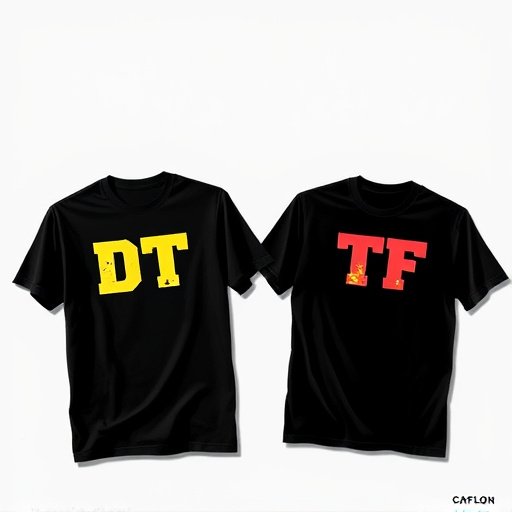
DTF Printing Equipment plays a pivotal role in modern printing processes, especially when it comes to enhancing the quality and efficiency of producing printed materials, particularly on textiles like t-shirts. This technology involves a direct-to-garment (DTG) approach where designs are directly applied onto the fabric using specialized inkjet printers. The equipment includes advanced components such as high-resolution print heads, precise heating systems, and sophisticated software that enable intricate and vibrant design reproduction.
By upgrading to modern DTF Printing Equipment, businesses can significantly improve their print results for dtf for t-shirts and other products. The heat press technology integrated into these machines ensures consistent color accuracy, better fabric adhesion, and faster production times compared to traditional methods. This not only boosts the overall quality of printed items but also enhances the productivity of printing operations.
Benefits of Upgrading to Modern DTF Printing Systems
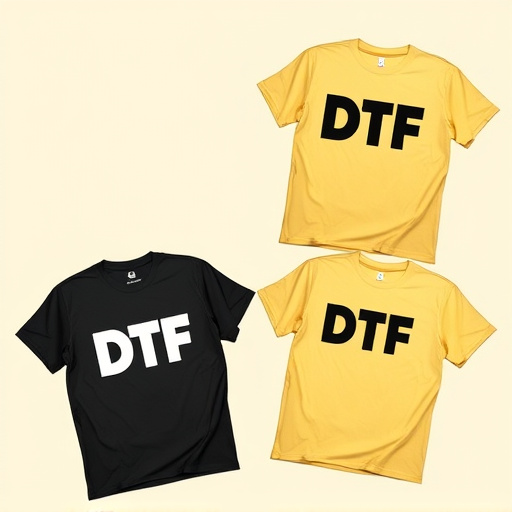
Upgrading to modern DTF (Direct to Fabric) printing systems offers a plethora of advantages that can significantly enhance print results and overall productivity for businesses specializing in custom apparel or promotional products. One of the key benefits is the ability to produce high-quality, vibrant prints on a wide variety of fabrics, ensuring that designs are not limited to specific materials. Modern DTF equipment often incorporates advanced technologies like improved ink formulations and precision printing heads, resulting in sharper details, richer colors, and more accurate color representation.
Additionally, these upgraded systems provide faster production times, enabling businesses to meet demanding deadlines. The efficiency of modern DTF printers allows for batch processing, meaning multiple prints can be completed simultaneously, increasing productivity and reducing turnaround time. This is especially beneficial for custom t-shirt printing (DTF for t-shirts) or creating personalized transfers, where speed and consistency are crucial. Furthermore, the latest DTF printing equipment often comes with user-friendly software interfaces, making it easier for operators to navigate settings, ensuring optimal print outcomes, and reducing the learning curve associated with new technology.
Key Features and Considerations for Optimal DTF Printing Performance
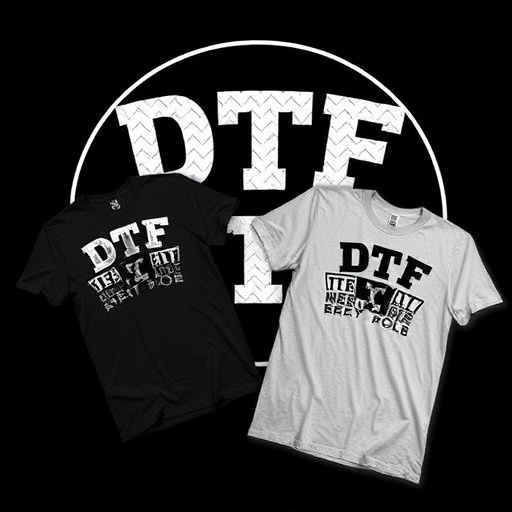
When it comes to enhancing print results on various materials, upgraded DTF (Direct-to-Fabric) printing equipment is a game-changer. To achieve optimal performance, several key features and considerations must be taken into account. One of the primary aspects is the machine’s precision; advanced models offer high-resolution printing capabilities, ensuring intricate details and vibrant colors, especially when dts printing for hoodies or other complex fabrics.
Additionally, the versatility of DTF printers is crucial. Look for equipment that can handle a range of materials, from light dtf printing for t-shirts to heavier garments, allowing you to cater to diverse product needs. Automated features, such as material detection and tension control, streamline the printing process, reducing human error. Moreover, easy-to-use interfaces and connectivity options enable quick setup and remote monitoring, making it convenient for professional printers to manage high-volume orders efficiently.
Upgrading to modern DTF Printing Equipment is a strategic move for any business seeking to enhance print quality, increase efficiency, and stay ahead in the market. By understanding the key features and benefits outlined in this article, you’re well-equipped to make an informed decision that optimizes your DTF printing performance and delivers superior results. Investing in advanced technology ensures your prints meet the highest standards, catering to both professional and demanding customer needs.


